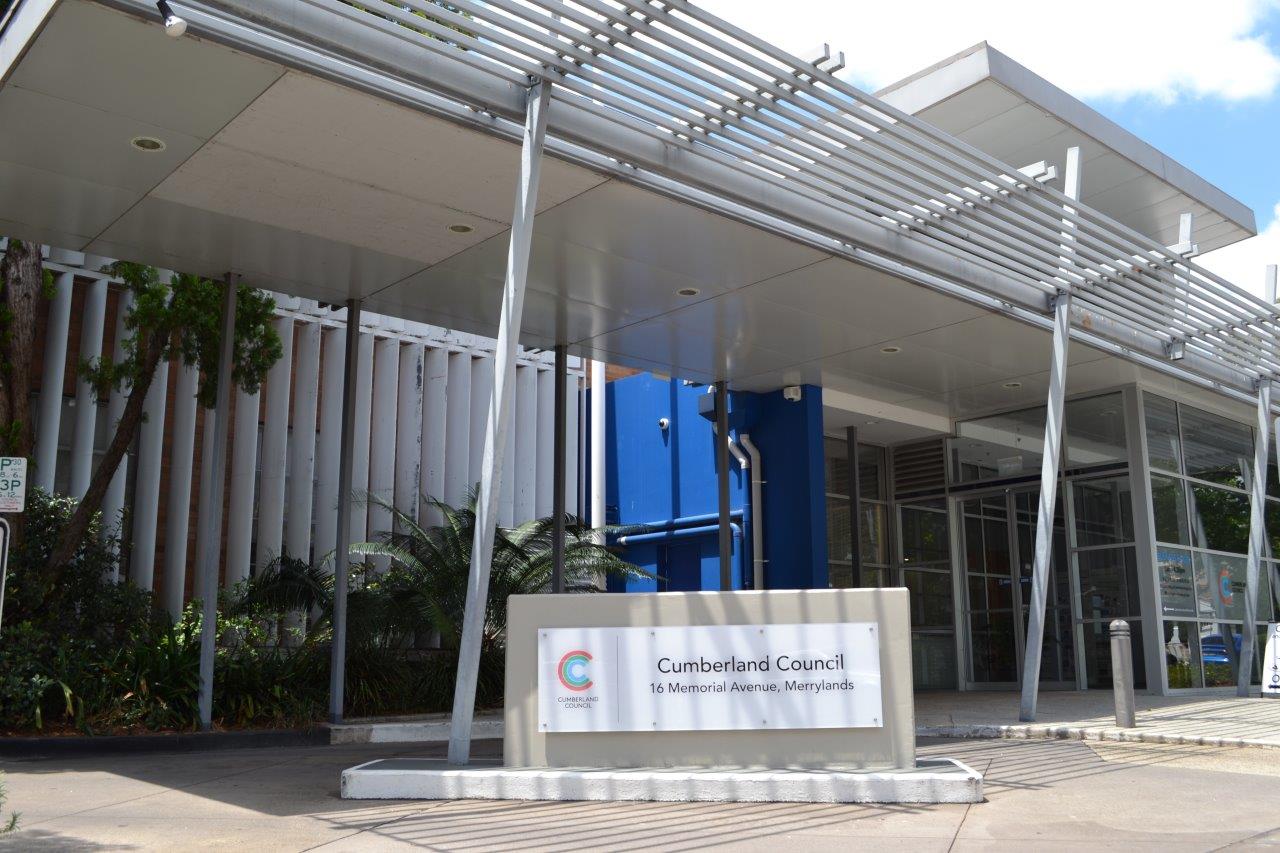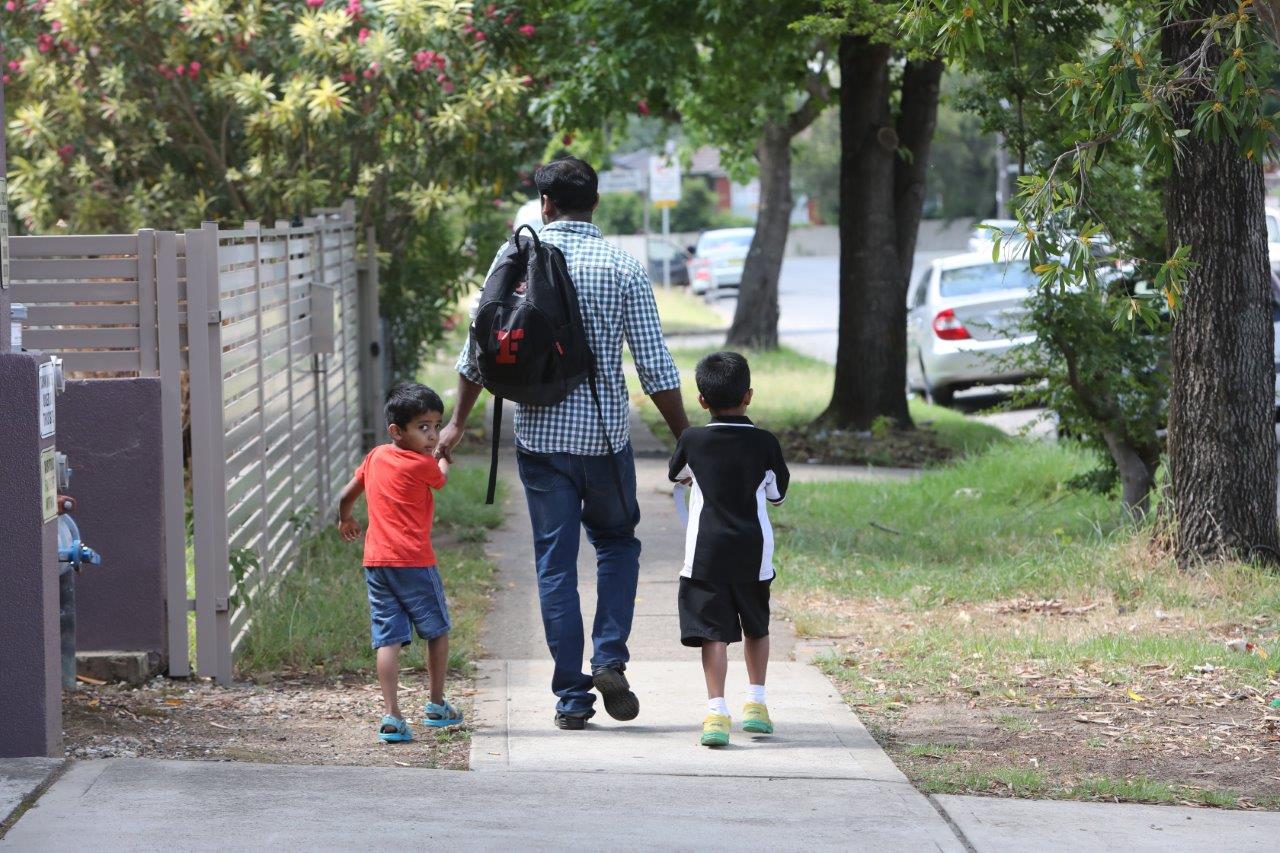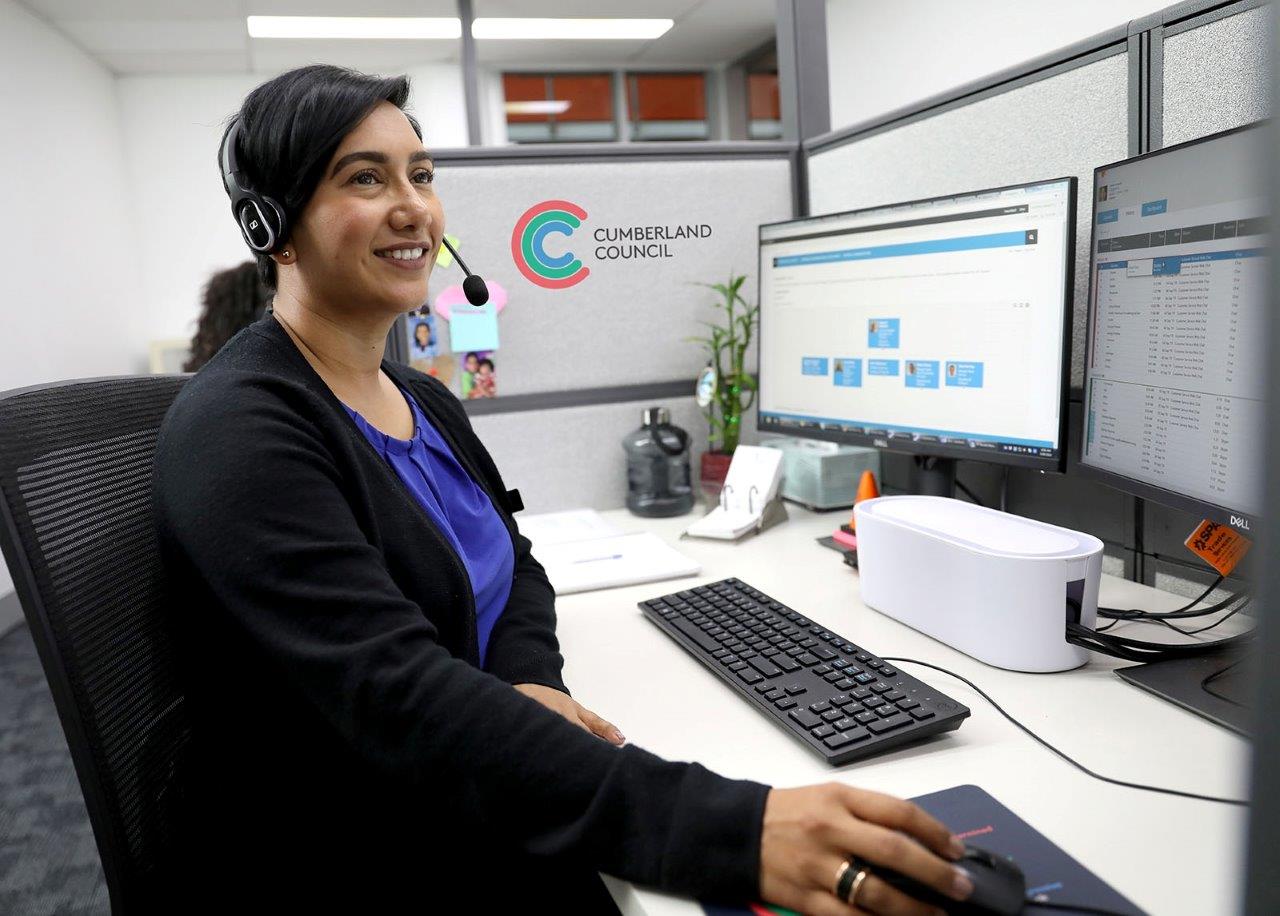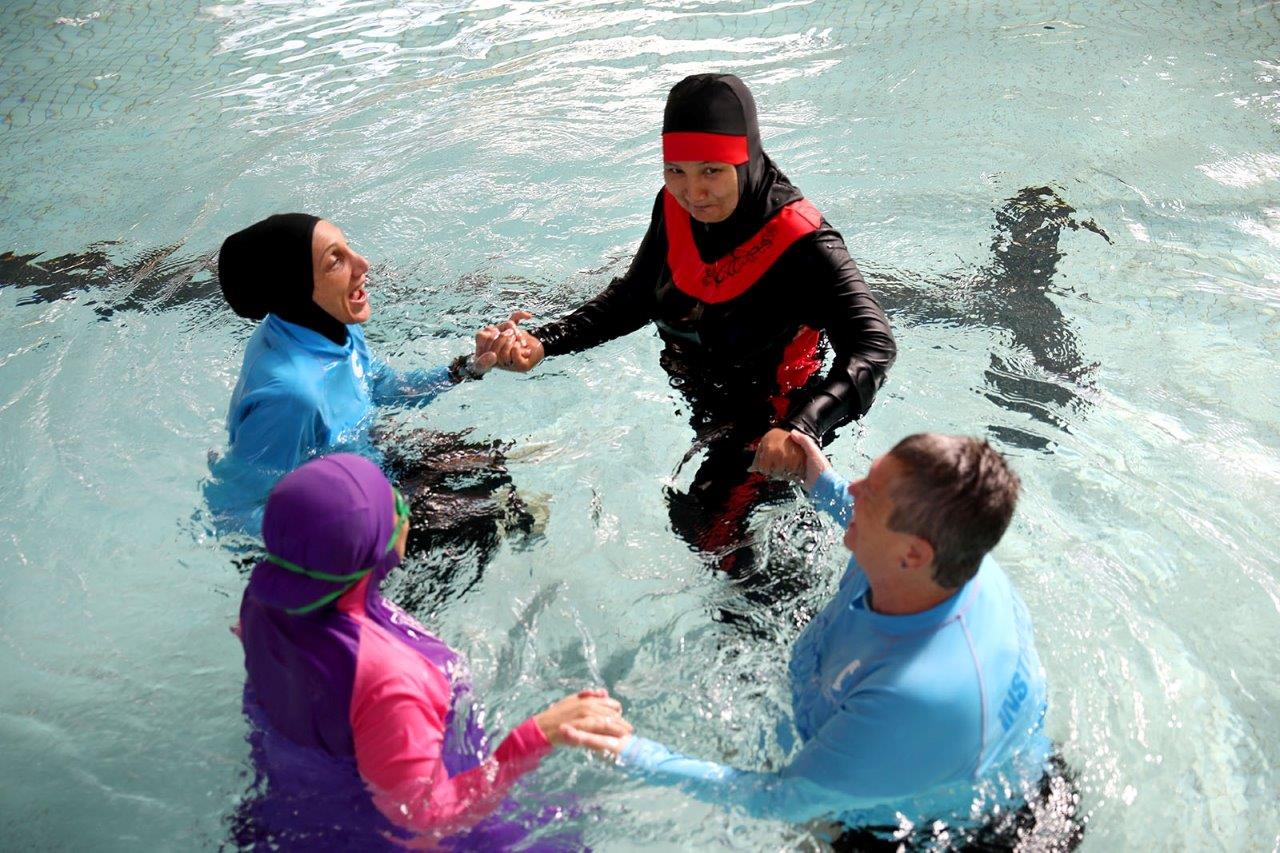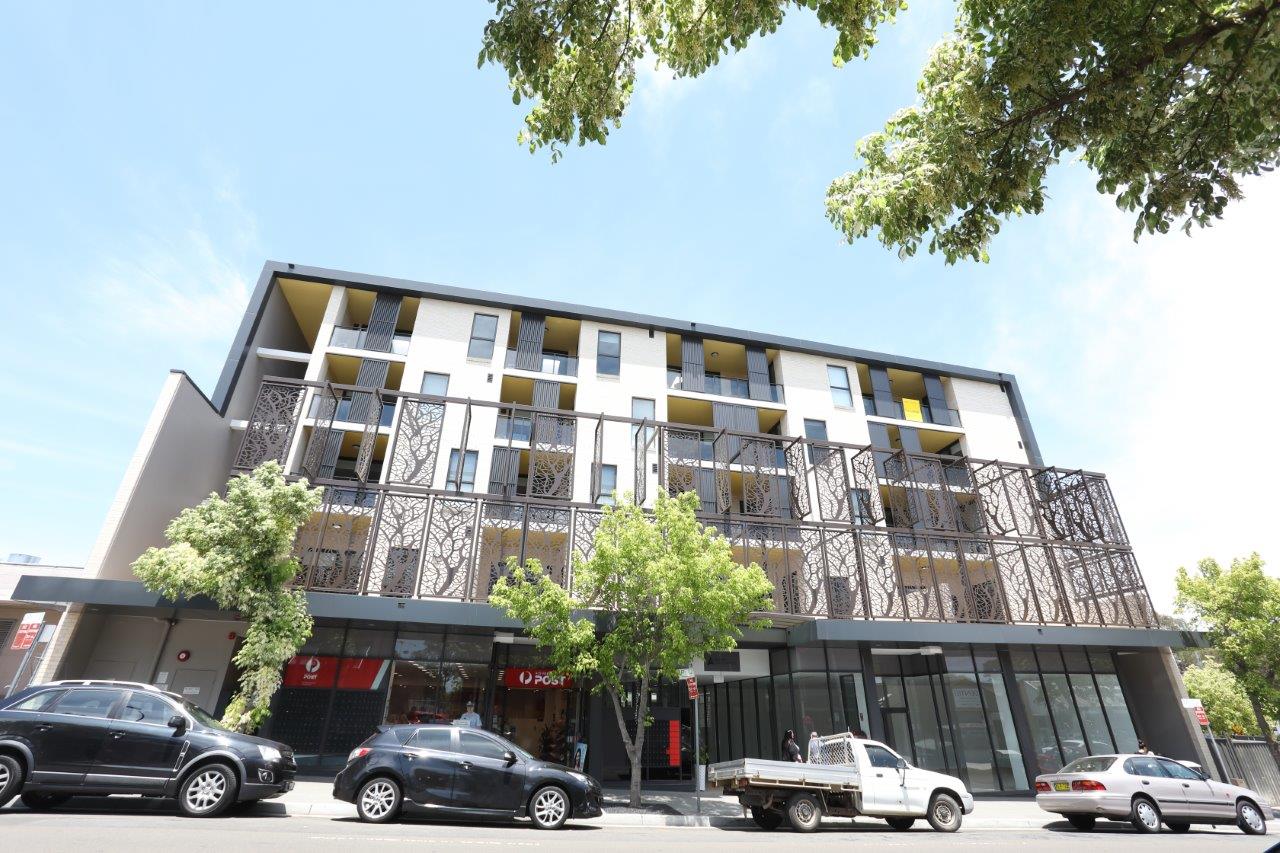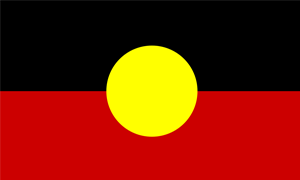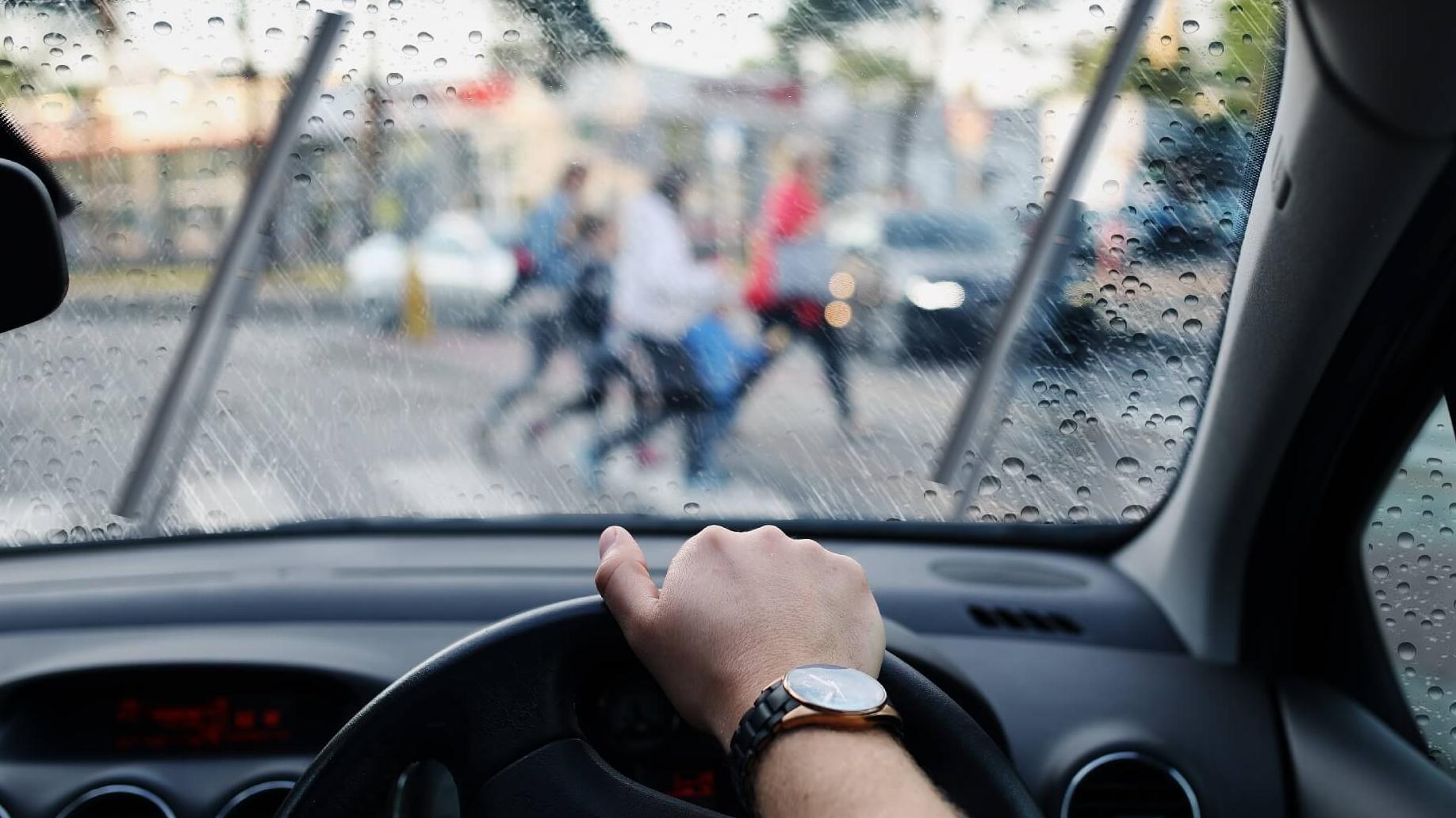
Drink driving is one of the three main killers on NSW roads.
In 2023, drink driving accounted for 2.7% (15) of all crashes within the Cumberland City Council Local Government Area, a 37% decrease compared to the previous year. In over 80% of these incidents, the drivers' blood alcohol concentration was more than two times the legal limit. Additionally, 60% of these crashes involved Cumberland residents.
Plan ahead
It’s important to plan ahead if you are planning to go out and drink:
- Take public transport or share a taxi.
- Assign a designated driver (who isn’t drinking) to take all your friend's home.
- Give your keys to a trusted friend.
- Stay at a friend’s house.
- Book a hotel near the party.
How alcohol affects driving
Alcohol is a mood changing legal drug, a depressant which slows down the functioning of the brain and has the following effect on driving:
- Causes loss of balance
- Reduces the ability to judge speed and distance
- Impairs reactions and the ability to make decisions
- Increases confidence and aggression
Throw driving into the mix and it's a deadly combination. You don’t have to be drunk to be affected by alcohol. You might feel normal but no one drives well after drinking alcohol.
Drink driving and the law
The legal blood alcohol limit will be different depending on the category of your license and what type of vehicle you are driving. NSW has 3 Blood Alcohol Concentration (BAC) limits: zero, under 0.02 and under 0.05. If you hold the following licenses, you will not be able to drink any alcohol at all and drive:
- Learner drivers or riders
- Provisional 1 drivers or riders
- Provisional 2 drivers or riders
- Visiting drivers or riders holding an overseas or interstate learner, provisional or equivalent licence.
Visit the Centre for Road Safety to find out more about blood alcohol concentration limits for all drivers including taxi, bus and truck drivers.
Even if you are under the legal blood alcohol limit, just a small amount of alcohol in your system can reduce your ability to drive.
If you are just over the limit, you double the risk of being involved in an accident. At double the legal limit, you are 7 times more likely to be involved in a crash.
Drink walking
If you've been drinking, walking home is a much better choice than driving. However, you are more at risk of an accident and need to take extra care as alcohol affects your judgement and reactions. If you walk across the road suddenly in front of a car, truck or bus, the vehicle may not be able to stop. This can cause serious injury or death.
Illegal drugs and driving
The Centre for Road Safety research shows the presence of illegal drugs is involved in the same number of fatal crashes as drink driving. Illegal drugs can be detected in your saliva by a Mobile Drug Testing (MDT) for a significant time after drug use, even if you feel ok to drive.
Prescription drugs
Many prescription and non-prescription medicines affect your ability to drive or ride safely. Combining alcohol or different medications may have an even greater effect on your ability to drive safely.
Negative effects include:
- Drowsiness
- Blurred vision
- Poor concentration
- Slower reaction times and
- Aggressive behaviour.
Please follow instructions on warning labels on prescription medicine and ask your pharmacist or doctor to explain anything you do not understand.
How we can help
Contact our Road Safety Officer via email rso@cumberland.nsw.gov.au to find out more about any drink driving workshops we are running or find out about more about our commitment to keeping our road users safe on our roads.
